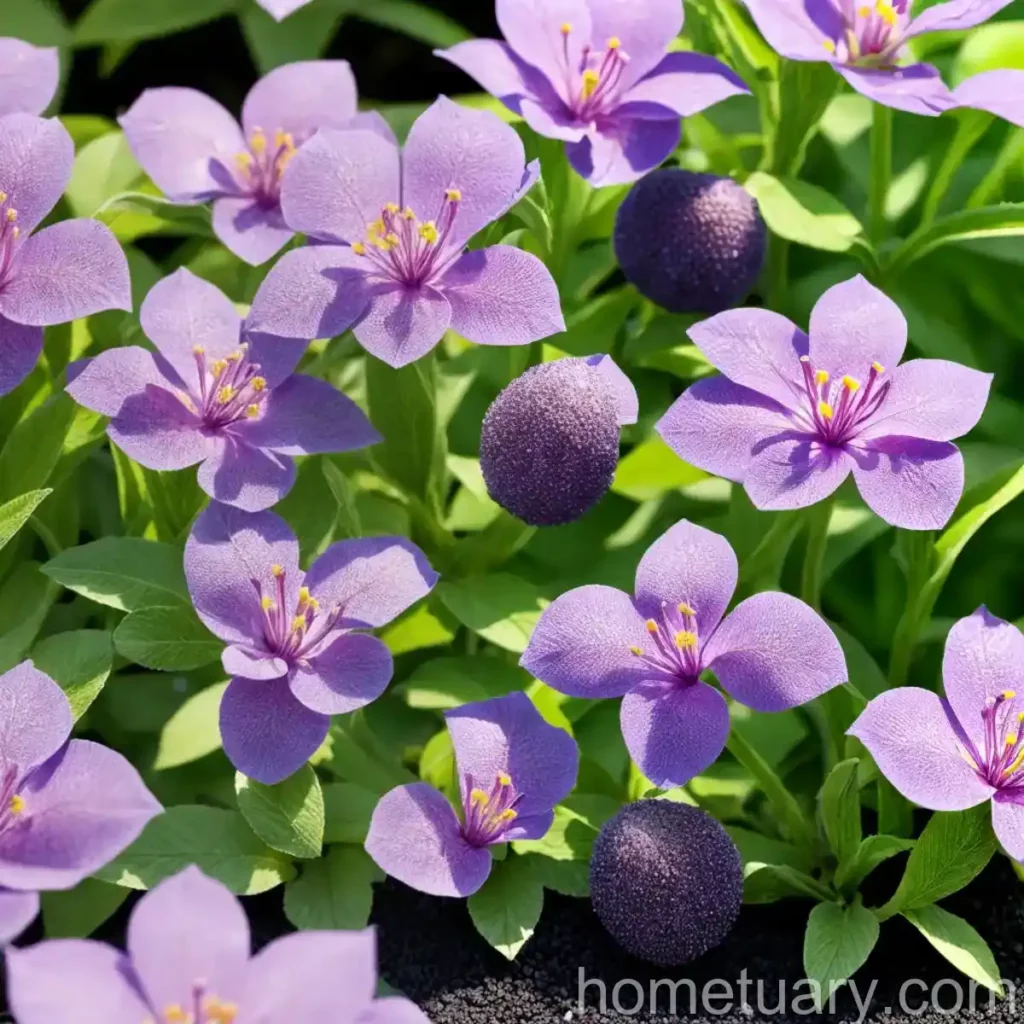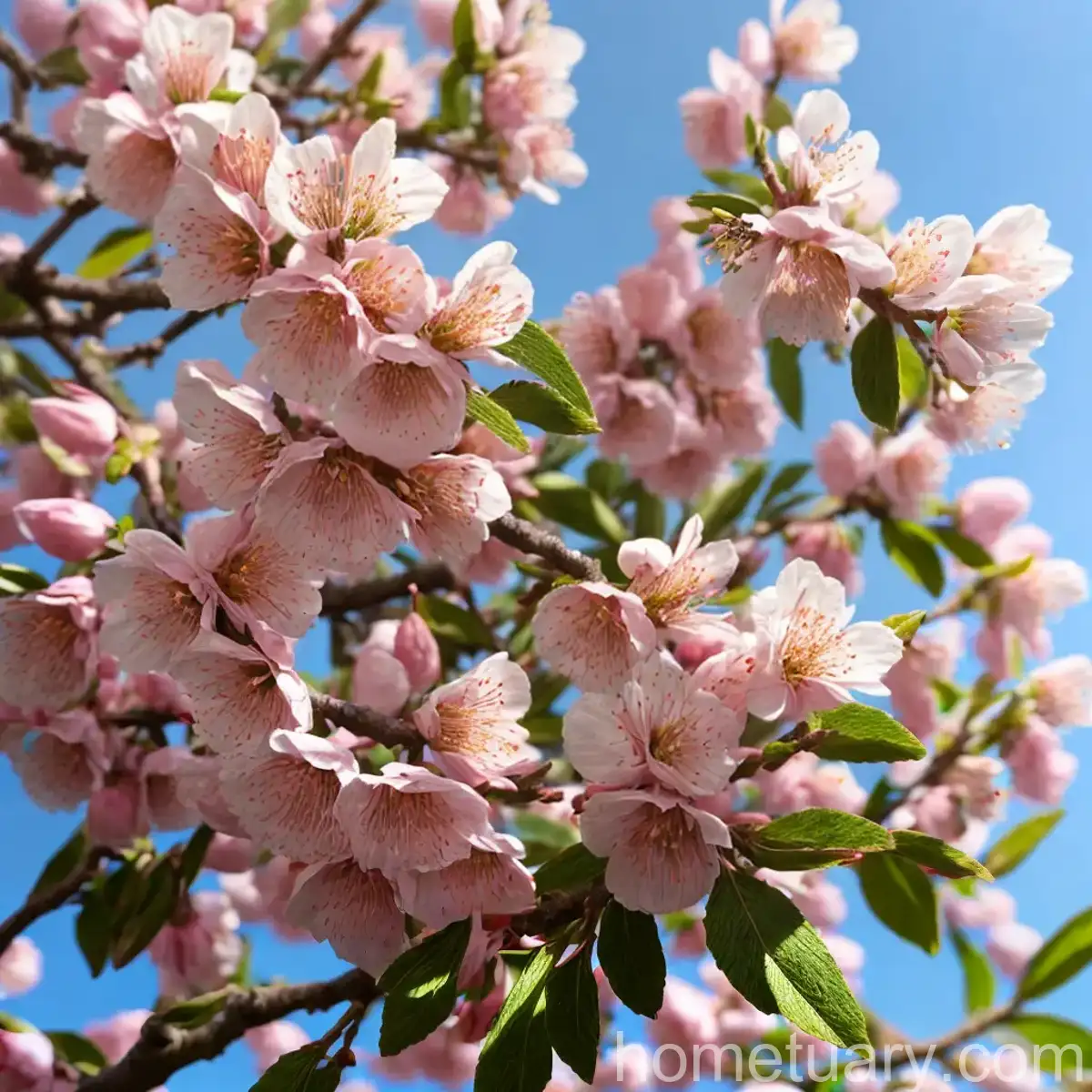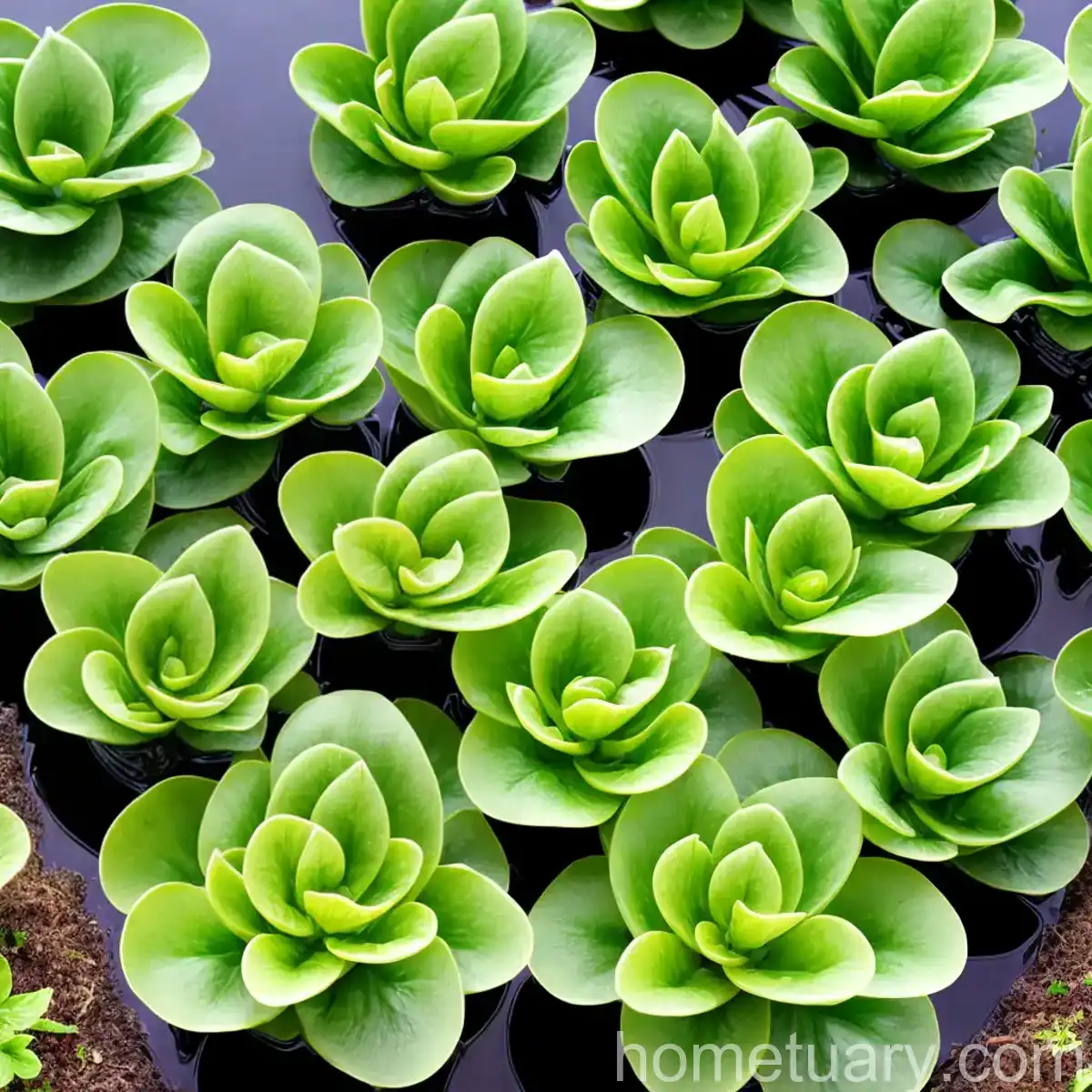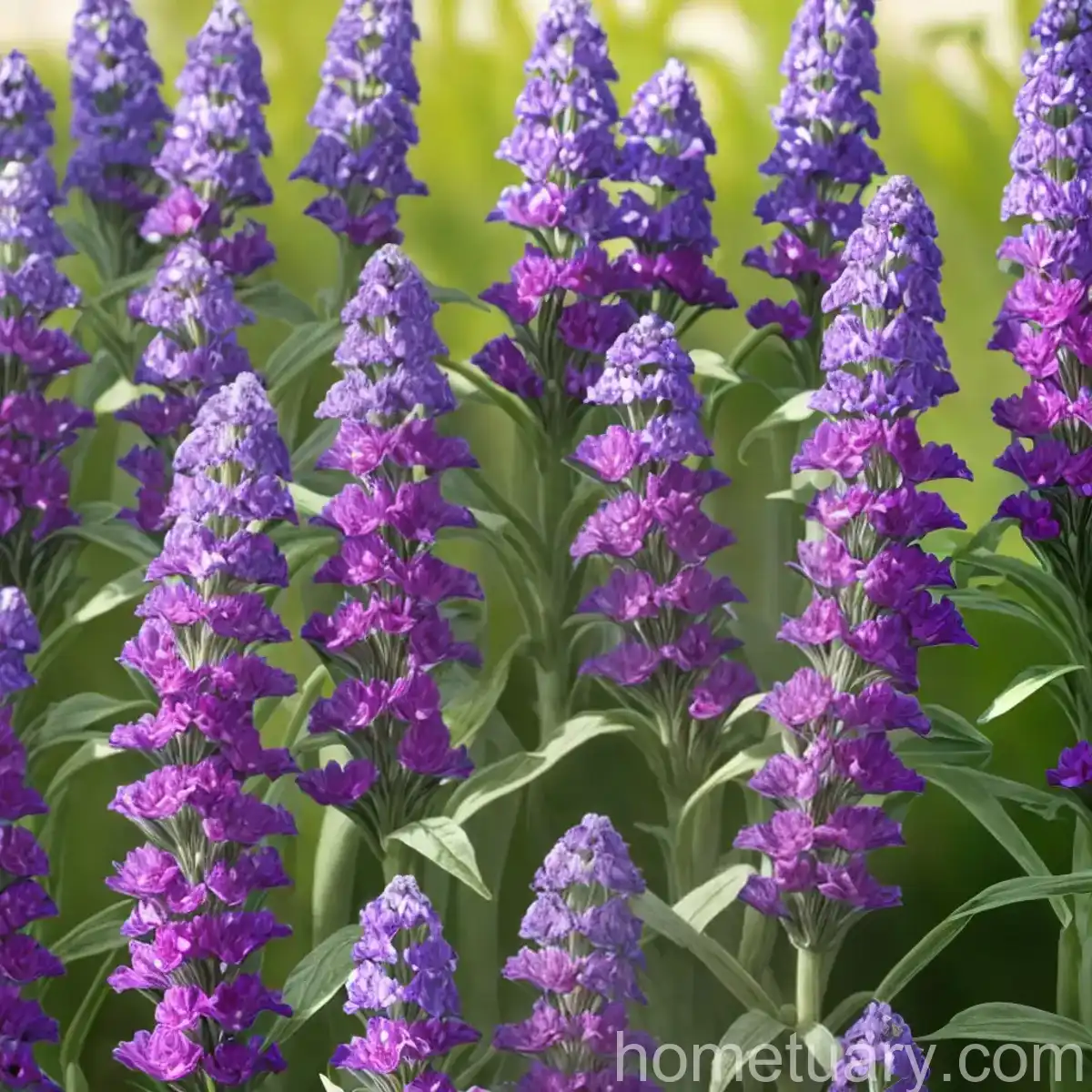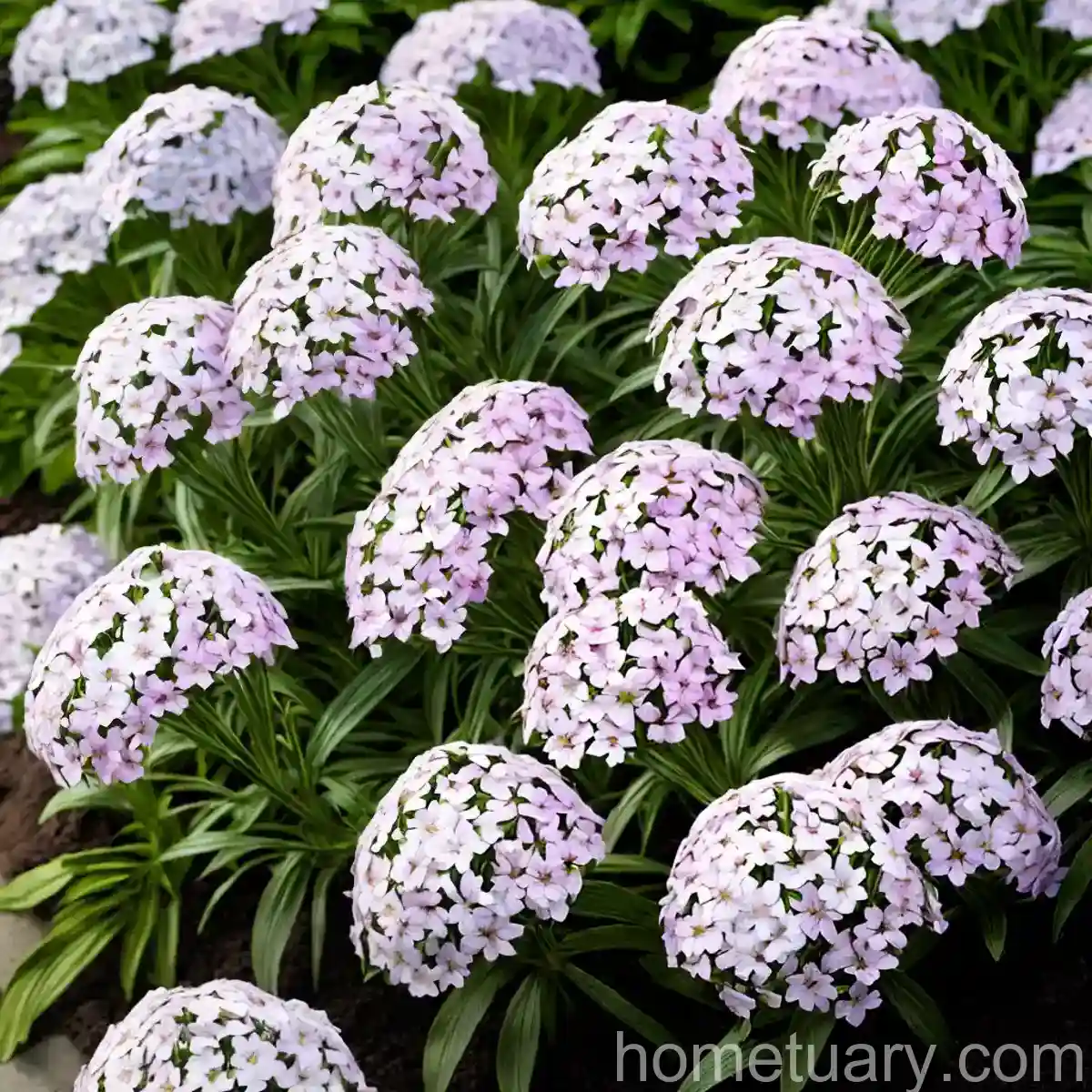Plant Name: Statice (Goniolimon tataricum)
What is Statice?
Statice, also known by its scientific name Goniolimon tataricum, is a perennial flowering plant that belongs to the Plumbaginaceae family. The common name ‘Statice’ is derived from the Latin word ‘statice’, which means ‘to stand’. This is a fitting name for the plant as its flowers are often dried and used in floral arrangements due to their ability to retain their vibrant colors for extended periods, hence giving the impression of ‘standing still’ in time.
Key Takeaways – Statice (Goniolimon tataricum):
- Scientific Name: Goniolimon tataricum
- Family: Plumbaginaceae
- Type: Perennial
- Uses: Ornamental, Medicinal, Dried Flower Arrangements
- Symbolism: Remembrance, Sympathy
- Native Habitat: Eastern Europe, Western Asia
Culture:
Uses:
The versatile nature of Statice makes it a valuable addition to various settings including gardens, floral arrangements, and traditional medicine.
-
Ornamental Uses: Statice is often used as an ornamental plant in gardens and landscapes due to its colorful and long-lasting flower clusters. The dried flowers are also popular in floral arrangements, adding a touch of vibrancy and longevity to bouquets and crafts. Additionally, Statice is believed to attract pollinators and serves as an excellent filler in garden beds and borders.
-
Medicinal Uses: In traditional medicine, certain parts of Statice are utilized for their potential medicinal properties. This includes the use of extracts or infusions for their supposed health benefits and natural remedies.
-
Cultural Significance: Given its symbolism of remembrance and sympathy, Statice flowers are often included in memorial bouquets and wreaths, signifying lasting memories and offering comfort.
Water:
- Regular Watering: Statice plants thrive in well-draining soil and require regular watering, particularly during dry spells or in periods of prolonged heat. It is important to maintain moist but not waterlogged soil to support healthy growth and flowering.
Sunlight:
- Full Sun Exposure: Statice plants flourish in full sun, benefiting from at least 6 to 8 hours of direct sunlight per day. Adequate sunlight promotes robust growth and vivid flower coloration.
Fertilizer:
- Balanced Fertilization: Applying a balanced, all-purpose fertilizer during the growing season can support healthy growth and flowering. It is advisable to adhere to the manufacturer’s recommendations for the appropriate application rate and frequency.
Soil:
- Well-Draining Soil: Statice thrives in well-draining soil with a slightly acidic to neutral pH. Amending the soil with organic matter can help improve its structure and fertility, providing an optimal growing environment for the plant.
Pruning:
Pruning Guidelines:
-
Deadheading: Regular deadheading of spent flowers encourages continuous blooming and prolongs the flowering period of Statice plants. It also prevents self-seeding, which may be desirable in certain garden settings.
-
Trimming: Pruning back the plant after the flowering season promotes tidy growth and prepares the plant for the next flowering cycle. However, it is essential to avoid excessive pruning that may compromise the plant’s vigor.
Propagation:
Propagation Methods:
-
Seed Propagation: Statice can be propagated from seeds, which should be sown directly in the garden or started indoors prior to the last frost. It is important to lightly cover the seeds with soil and maintain consistent moisture for successful germination.
-
Division: Established Statice plants can also be propagated through division, typically during the early spring. Dividing the plant’s root clumps and replanting them in suitable locations can yield new, healthy specimens.
Container Popularity:
Advantages of Container Growing:
-
Versatility: Growing Statice in containers offers flexibility in terms of placement and mobility, allowing individuals to create floral displays or garden accents in various settings.
-
Space Efficiency: Containers enable the cultivation of Statice in limited spaces such as patios, balconies, or small gardens where traditional ground planting may not be feasible.
-
Aesthetic Appeal: The attractive flowers of Statice make it an appealing choice for container gardening, enhancing visual interest and providing a burst of color in outdoor and indoor environments.
Common Diseases:
Disease Management:
-
Powdery Mildew: Powdery mildew, a common fungal disease, can affect Statice plants, leading to a white powdery growth on the foliage. To prevent this, it is crucial to ensure proper air circulation around the plants, avoid overhead watering, and apply fungicidal treatments if necessary.
-
Root Rot: Excessive soil moisture can predispose Statice plants to root rot, a condition caused by waterlogged soil and fungal pathogens. Well-draining soil and proper watering practices are essential for preventing this disease.
Disease Diagnosis:
Identifying Symptoms:
-
Powdery Mildew: Symptoms of powdery mildew include the appearance of a white, powdery substance on the leaves and stems of the plant, potentially leading to distorted growth and reduced photosynthetic capacity.
-
Root Rot: Signs of root rot in Statice plants may include yellowing or wilting foliage, stunted growth, and decayed or foul-smelling roots upon inspection.
Common Pests:
Pest Management:
-
Aphids: These small, soft-bodied insects may infest Statice plants, sucking sap from the foliage and causing distorted growth. Aphid populations can be controlled through physical removal, insecticidal sprays, or natural predators such as ladybugs.
-
Spider Mites: Infestations of spider mites may lead to visible stippling or yellowing of the leaves, often accompanied by fine webbing. Regular monitoring and the application of miticides can help manage these pests.
Botanist’s Tips:
Expert Suggestions:
-
Companion Planting: Pairing Statice with beneficial companion plants such as marigolds, lavender, or yarrow can enhance the overall well-being of the garden, potentially repelling harmful insects and attracting pollinators.
-
Mulching: Applying a layer of organic mulch around Statice plants can help conserve soil moisture, regulate soil temperature, and inhibit weed growth, contributing to the plant’s overall health.
Fun Facts:
Intriguing Tidbits:
-
Dyeing Properties: The flowers of Statice can be utilized to produce natural dyes, imparting an array of subtle to vibrant colors to fabrics, yarns, and other materials.
-
Symbolism: Statice has been traditionally associated with symbolism encompassing remembrance, lasting beauty, and sympathy, making it a poignant choice for various occasions and floral arrangements.
-
Coastal Adaptation: Certain varieties of Statice demonstrate resilience in coastal environments, thriving in the presence of salt spray and sandy soils, and contributing to the stabilization and beautification of coastal landscapes.
As a plant scientist, understanding the intricate details of Statice (Goniolimon tataricum) equips us with the knowledge needed to cultivate and appreciate this remarkable perennial plant. From its cultural significance to its adaptability in garden settings, Statice presents an array of uses and aesthetic appeal. With a keen focus on plant care, we unravel the complexities of nurturing Statice, addressing potential challenges, and tapping into the botanical wisdom that enhances its growth and vitality.
Remember, each plant has its story to tell, and by delving into the world of Goniolimon tataricum, we gain insight into a perennial treasure cherished for its enduring beauty and versatile presence.

